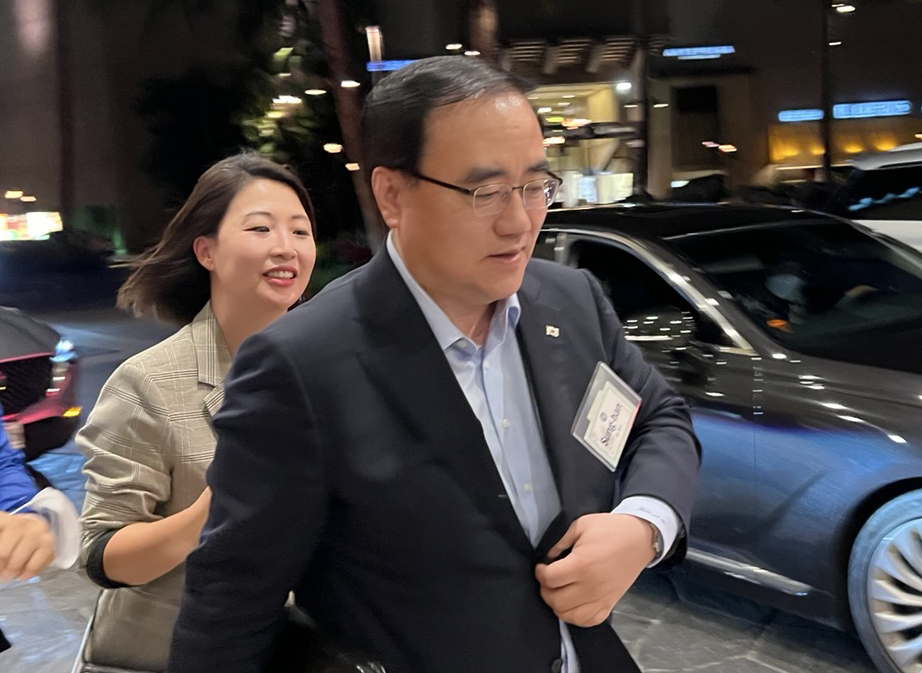The Most Important Election in the Americas is in Brazil

Photograph Source: Ricardo Stuckert/PR – Agência Brasil – CC BY 3.0 BR
Former Brazilian President Luíz Inácio Lula da Silva (known as Lula) runs about on stage at the Latin America Memorial in São Paulo. He was there on August 22, 2022, speaking at a book launch featuring photographs by Ricardo Stuckert about Lula’s trips around the world when he was the president of Brazil from 2003 to 2010. Lula is a man with a great deal of energy. He recounts the story of when he was in Iran with his Foreign Minister Celso Amorim in 2010, trying to mediate and end the conflict imposed by the United States over Iran’s nuclear energy policy. Lula managed to secure a nuclear deal in 2010 that would have prevented the ongoing pressure campaign that Washington is conducting against Tehran. There was relief in the air. Then, Lula said, “Obama pissed outside the pot.” According to Lula, then-U.S. President Barack Obama did not accept the deal and crushed the hard work of the Brazilian leadership in bringing all sides to an agreement.
Lula’s story puts two important points on the table: he was able to build on Brazil’s role in Latin America by offering leadership in far-off Iran during his previous tenure as president, and he is not afraid of expressing his antipathy for the way the United States is scuttling the possibility of peace and progress across the world for its own narrow interests.
The book release took place during Lula’s campaign for president against the current incumbent—and deeply unpopular—President Jair Bolsonaro. Lula is now in the lead in the polls ahead of the first round of Brazil’s presidential election to be held on October 2.
Fernando Haddad, who ran against Bolsonaro in 2018 and lost after receiving less than 45 percent of the vote, told me that this election remains “risky.” The polls might show that Lula is in the lead, but Bolsonaro is known to play dirty politics to secure his victory. The far right in Brazil, like the far right in many other countries, is fierce in the way it contests for state power. Bolsonaro, Haddad said, is willing to lie openly, saying offensive things to the far-right media and then when challenged about it by the mainstream media, he tends to feign ignorance. “Fake news” seems to be Bolsonaro’s best defense each time he is attacked. The left is far more sincere in its political discourse; leftists are unwilling to lie and eager to bring the issues of hunger and unemployment, social despair and social advancement to the center of the political debate. But there is less interest in these issues and less noise about them in a media landscape that thrives on the theatrics of Bolsonaro and his followers. The old traditional right is as outflanked as the far right in Brazil, which is a space that is now commanded by Bolsonaro (the old traditional right, the men in dark suits who made decisions over cigars and cachaça, are unable to supplant Bolsonaro).
Both Bolsonaro and Lula face an electorate that either loves them or hates them. There is little room for ambiguity in this race. Bolsonaro represents not only the far right, whose opinions he openly champions, but he also represents large sections of the middle class, whose aspirations for wealth remain largely intact despite the reality that their economic situation has deteriorated over the past decade. The contrast between the behavior of Bolsonaro and Lula during their respective presidential campaigns has been stark: Bolsonaro has been boorish and vulgar, while Lula is refined and presidential. If the election goes to Lula, it is likely that he will get more votes from those who hate Bolsonaro than from those who love him.
Former Brazilian President Dilma Rousseff is reflective on the way forward. She told me that Lula will likely prevail in the election because the country is fed up with Bolsonaro. His horrible management of the COVID-19 pandemic and the deterioration of the economic situation in the country mark Bolsonaro as an inefficient manager of the Brazilian state. However, Rousseff pointed out that about a month before the election, Bolsonaro’s government—and the regional governments—have been rolling out policies that have started to lighten the burden on the middle class, such as the lifting of taxation on gasoline. These policies could sway some people to vote for Bolsonaro, but even that is not likely. The political situation in Brazil remains fragile for the left, with the main blocs on the right (agro-business, religion and the military) willing to use any means to maintain their hold on power; it was this right-wing coalition that conducted a “legislative coup” against Rousseff in 2016 and used “lawfare,” the use of law for political motives, against Lula in 2018 to prevent him from running against Bolsonaro. These phrases (legislative coup and lawfare) are now part of the vocabulary of the Brazilian left, which understands clearly that the right bloc (what is called centrão) will not stop pursuing their interests if they feel threatened.
João Paulo Rodrigues, a leader of the Landless Workers Movement (MST) is a close adviser to the Lula campaign. He told me that in the 2002 presidential election, Lula won against the incumbent Fernando Henrique Cardoso because of an immense hatred for the neoliberal policies that Cardoso had championed. The left was fragmented and demoralized at that time of the election. Lula’s time in office, however, helped the left mobilize and organize, although even during this period the focus of popular attention was more on Lula himself rather than the blocs that comprised the left. During Lula’s incarceration on corruption charges, which the left says are fraudulent, he became a figure that unified the left: Lula Livre, “Free Lula,” was the unifying slogan, and the letter L (for Lula) became a symbol (a symbol that continues to be used in the election campaign). While there are other candidates from Brazil’s left in the presidential race, there is no question for Rodrigues that Lula is the left’s standard-bearer and is the only hope for Brazil to oust the highly divisive and dangerous leadership of President Bolsonaro. One of the mechanisms to build the unity of popular forces around Lula’s campaign has been the creation of the Popular Committees (comités populares), which have been working to both unify the left and create an agenda for the Lula government (which will include agrarian reform and a more robust policy for the Indigenous and Afro-Brazilian communities).
The international conditions for a third Lula presidency are fortuitous, Rousseff told me. A wide range of center-left governments have come to power in Latin America (including in Chile and Colombia). While these are not socialist governments, they are nonetheless committed to building the sovereignty of their countries and to creating a dignified life for their citizens. Brazil, the third-largest country in the Americas (after Canada and the United States of America), can play a leadership role in guiding this new wave of left governments in the hemisphere, Rousseff said. Haddad told me that Brazil should lead a new regional project, which will include the creation of a regional currency (sur) that can not only be used for cross-border trade but also for holding reserves. Haddad is currently running to be the governor of São Paulo, whose main city is the financial capital of the country. Such a regional currency, Haddad believed, will settle conflicts in the hemisphere and build new trade linkages that need not rely on long supply chains that have been destabilized by the pandemic. “God willing, we will create a common currency in Latin America because we do not have to depend on the dollar,” said Lula in May 2022.
Rousseff is eager for Brazil to return to the world stage through the BRICS bloc (Brazil, Russia, India, China and South Africa), and offer the kind of left leadership that Lula and she had given that platform a decade ago. The world, Rousseff said, needs such a platform to offer leadership that does not rely on threats, sanctions and war. Lula’s anecdote about the Iran deal is a telling one since it shows that a country like Brazil under the leadership of the left is more willing to settle conflicts rather than to exacerbate them, as the United States did. There is hope, Rousseff noted, for a Lula presidency to offer robust leadership for a world that seems to be crumbling due to the myriad challenges such as climate catastrophe, warfare and social toxicity.
This article was produced by Globetrotter.
.jpg)






